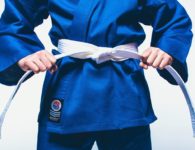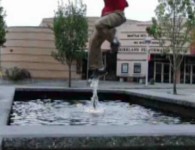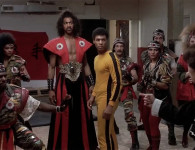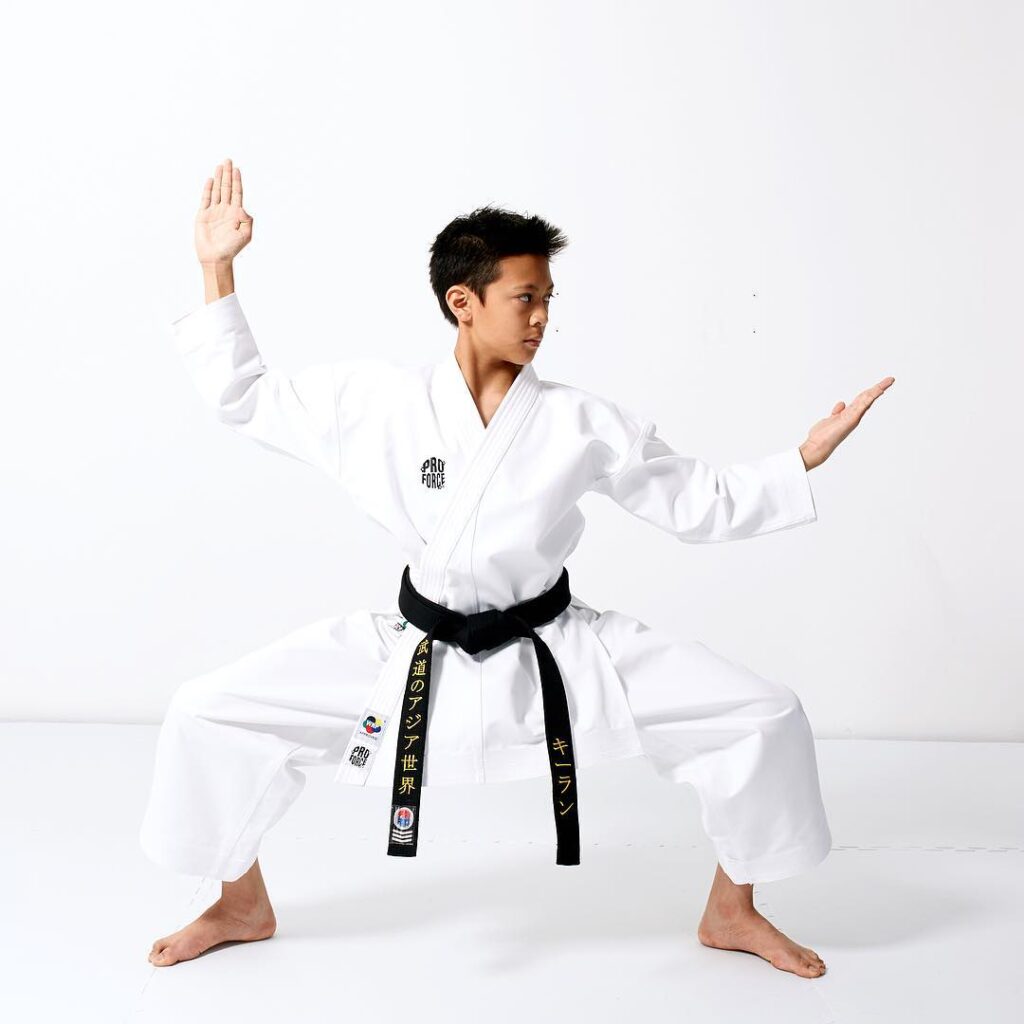
The days are getting shorter, the weather’s getting colder, and some of our moods are getting darker, too. But martial arts might be able to help you get through the season.
Physical activity can improve your mental well-being. So can mental activities like meditation. Which makes martial arts and its combination of physical and mental exercise a great tool for times like these. Your martial arts training might not be able to cure everything that ails you, but there’s a good chance that it can help take the edge off when you’re struggling.
Whether you’re dealing with a condition like seasonal affective disorder or a general case of the winter blahs, martial arts training has the potential to make your next few months a little more manageable.
Let’s look at why and how this works — and a few suggestions you can try at home if you can’t make it to the gym.
What is Seasonal Affective Disorder?
Most people feel at least a little gloomy at some point during the winter. But for some people, that mood change goes much deeper and lasts a lot longer.
SAD, sometimes called seasonal depression, is a form of depression influenced by seasonal changes. While SAD can be triggered by any shift in the seasons, most people with the condition start to feel symptoms in the fall as the days get shorter. They usually start feeling better when we return to sunnier days in the spring. Symptoms of fall/winter SAD can include feeling sad or depressed almost every day, losing interests in activities you enjoyed, low energy, sleep issues, difficulties with concentration, feelings of hopelessness, and changes in appetite or weight.
How can martial arts combat SAD?
Martial arts training can help you tackle seasonal affective disorder in three major ways:
It makes you move: Some experts believe that one of the causes of SAD is that we spend less time outside on colder and shorter days. And that most people tend to do less physical activity when we spend less time outside. Martial arts training is a great way to counter that change in activity level. “Moving your body will compete with that tendency to be sluggish and can produce good brain chemistry,” psychologist Scott Bea, PsyD told the Cleveland Clinic last month.
It helps you socialize: The community-oriented nature of most martial arts training is a great way to lift your spirits. It’s also a good way to stay motivated when you really don’t feel like leaving the house. And Dr. Bea believes that can also help people experiencing SAD. “Creating a new social obligation can motivate us. Anything that makes you take part in activities that allow you to be engaged outside of your self-awareness is useful for people who are living with SAD.”
It relaxes your mind: “Exercises are a wonderful way to decrease stress, and so is meditation,” Dr. Norman Rosenthal, author of Winter Blues and a clinical professor of psychology at Georgetown University School of Medicine, told TIME. A lot of martial arts training features a mix of both. Even if your martial arts training doesn’t specifically focus on meditation, there’s a very good chance it’s developing your mental focus.
You also don’t need to be dealing with SAD to benefit from the above. Anything that helps someone dealing with more serious issues can also help someone who’s having a bad day or a rough patch. So even if you’re only feeling a little down, martial arts can still help.
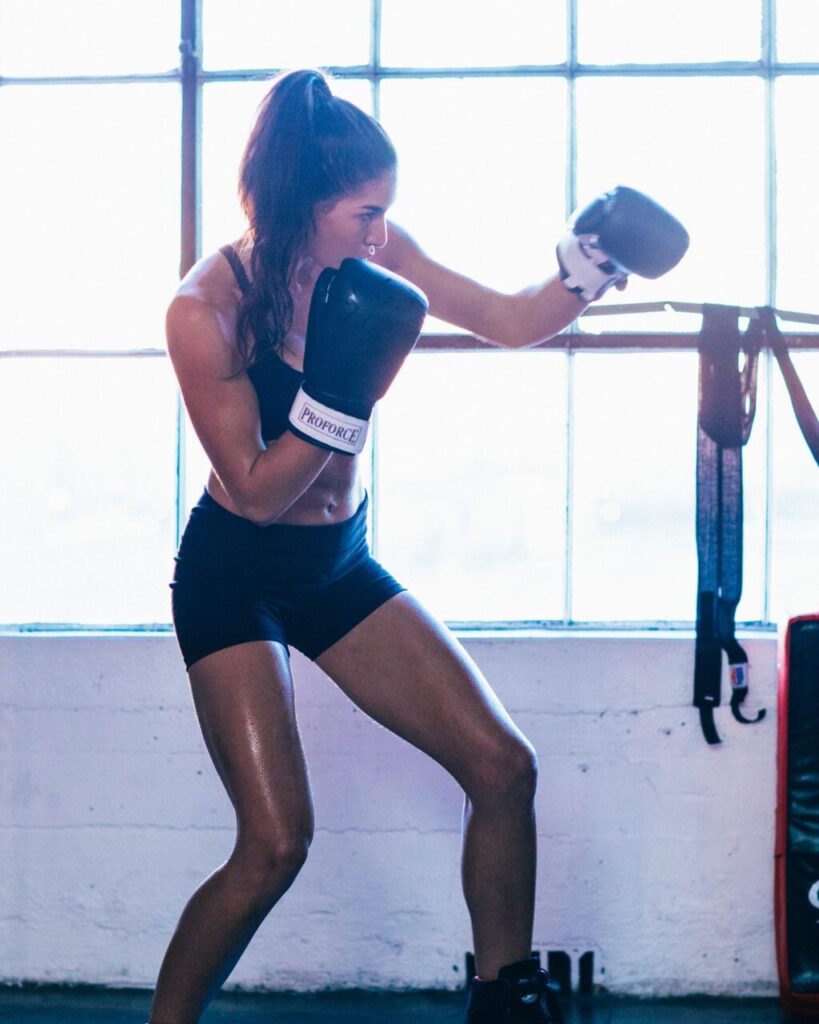
What are some winter blues-busting martial arts workouts you can do at home?
Even if you can’t make it to the gym or the dojo, there are plenty of martial arts-based activities you can do at home to boost your mood. Here are four ideas to get you started:
Invite a friend: If you have the space and the ability to host a training partner, you can get the physical, mental, and social benefits of martial arts training in the comfort of your own home. With the help of some jigsaw mats and basic martial arts equipment, you can set up a training space for partner drills in BJJ, boxing, Muay Thai, wrestling, and more. Check out our blog posts on training with a partner for exercise and drill ideas.

Go solo: No training partner? No problem! You can also do solo martial arts drills at home. There are plenty of bodyweight martial arts drills and exercises that you can do with a set of jigsaw mats. If you add small equipment like a strike shield, heavy bag, or grappling dummy, you have even more possibilities. For more ideas, check out our blog posts on solo training.
Go online: If you don’t have the motivation to plan and execute your own at home martial arts workout, there’s plenty of help available online. The internet is full of great martial arts training videos that you can stream for free. Check out some of our favorite recommendations here. If you crave a little more interaction, you can also try virtual martial arts classes.
Relax: Rest is an important part of training, too. Movement can help your mood, but only when done responsibly. Overtraining won’t help you mind and body. Neither will pushing yourself to do too much when you’re not up to the task. So don’t forget to take the time to rest, stretch, and maybe meditate a little. AWMA’s own Christina Acevedo recommends building a meditation area out of your martial arts gear. “I love using my puzzle mat as a meditation/ chill zone at night to sit on and stretch at home,” she says.






